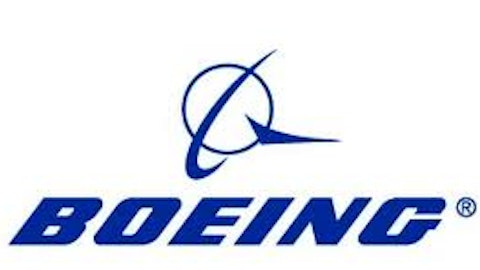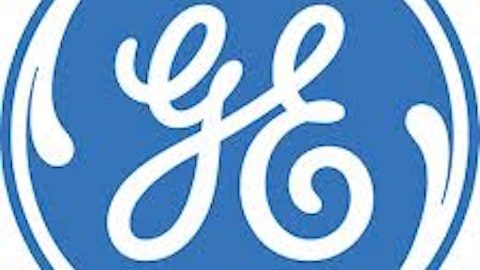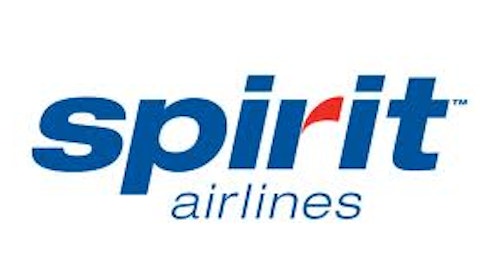
The market loves them because it tends to dislike complication. If the market has its way, all publicly-traded companies would operate in their simplest form possible. That means that a liquor company would only sell liquor, and not bathroom sink faucets. Or a heavy machinery company would only sell heavy machinery, and not pizza ovens. And if the market had its way, Textron Inc. (NYSE:TXT), the maker of Bell helicopters, Cessna business jets, unmanned military aircraft, golf carts, turf-care vehicles, power tools and other varied product types, would break itself up into simpler companies.
Unlikely in the Near-Term
Let me start by saying that a breakup in the near-term appears unlikely. In December 2008, Textron Inc. (NYSE:TXT)’s brand new Chief Operating Officer (today the company’s CEO) flatly declared that Bell Helicopter and Cessna were not for sale. This former head of General Electric Company (NYSE:GE)’s Aviation division openly dismissed the idea of maximizing shareholder value by breaking up the company as short-term thinking. And given how low the company was valued at that time, keeping the company together seemed the correct way of addressing the situation.
When he made that declaration, shares of Textron Inc. (NYSE:TXT) were trading at about $12 a share, down from the company’s all-time high of $74.40 made just under 12 months ago. Clearly the time to break up and sell was during the company’s highs of December 2007, not when the company was trading at its new generational-lows in December 2008 (a share price low the company had not seen since 1994).
Instead, the new COO and future CEO would execute on his own plans to maximize shareholder value. This would include winding down the Textron Inc. (NYSE:TXT) Financial Corporation unit that was hit so hard during the financial crisis (which made up 7% of company revenues in 2007 and 14% of profits). The company would eventually exit from nearly all commercial finance businesses, although leaving in place the ability for customers to finance consumer purchases of Textron Inc. (NYSE:TXT)-made products. With that albatross removed from around their necks, Textron management could then focus on improving the company’s core manufacturing businesses units.
Textron Then and Now
In 2007, Textron was flying high (excuse the pun), reporting exceptional results for each of its business units. As with much of the economy at the time, the perception was that the good times where here to stay forever. My how one year can really change things. As mentioned previously, Textron Financial Corporation was the first to feel the pain thanks to the disruption of the global capital markets. Although the Cessna, Bell Helicopter and Textron Systems divisions managed to increase their revenues and profits in 2008, Textron Financial Corporation’s drop was enough to essentially cancel out everything else. Textron Financial Corporation went from a profit of $222 million in 2007 to a loss of $50 million in 2008.
Cessna would be next, with the poor state of the global economy stalling corporate demand for business jets. Revenues for the Cessna division would achieve a 2008 high of $5.662 billion, with $905 million in profits and a profit margin of 16%. Though just two years later, revenues for Cessna would be cut in half to $2.563 billion, with a loss of $29 million. Cessna has since recovered from those 2010 lows, but is still far from the highs made in 2008.
Lost in all of the problems with Textron Financial Corporation and Cessna was that the Bell Helicopter division remained strong throughout the financial crisis. The division had actually managed to increase its revenue, profit and profit margin in 2009, 2010, 2011 and 2012 thanks to strong demand from the U.S. and foreign governments for their military helicopters. Today Bell Helicopter is more profitable than it was in 2007, as well as the company’s largest division by revenue (a distinction that previously belonged to Cessna).
The Likely Suitors
The primary reason for calling for a breakup of Textron is the presumption that no company would be interested in acquiring the entirety of Textron (military and commercial helicopters, business jets, unmanned aircraft, marine and land combat vehicles, golf carts, turf care vehicles, power tools and auto parts). While Textron’s extreme diversity hurts the chances for the entire company to be acquired outright, a breakup would make the individual parts very attractive acquisition targets for a number of companies.




